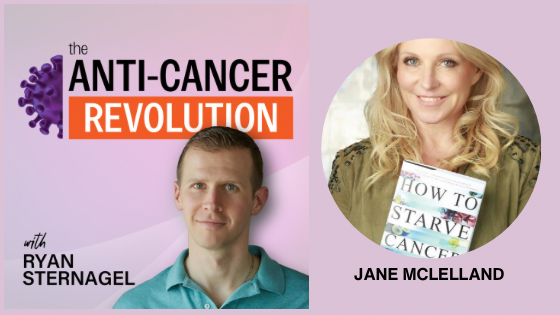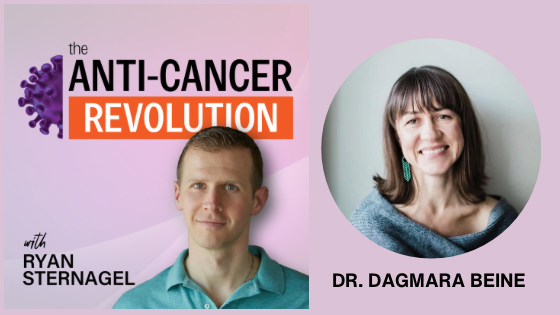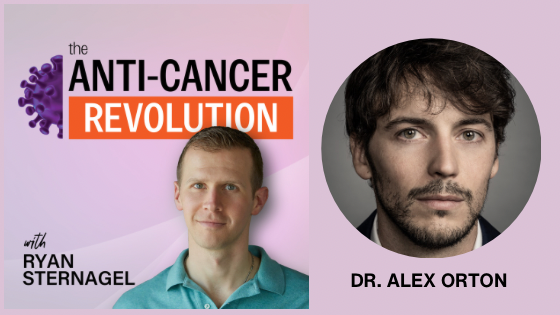KEY TAKEAWAYS
1.
What are CTCs and what do they mean?
- Cells from a collection of cancer cells, tumor or metastatic deposit
- Sometime seen on scans but not always
- Circulate in the blood or lymphatic tissues
- Can only test for the CTC in blood. Need biopsy to detect in lymphatic tissue
- The presence of CTCs doesn’t necessarily indicate metastatic cancer
- CTCs don’t live very long in the blood – persistent CTC is cause for concernCancer spreads in two ways
- Metastasize (means “evil spread”) – cells travel via blood vessels
- Direct invasion – cells invade the tissues and then access lymphatic system or blood streamWhat to look for in CTC testing
- Only available for certain cancers – ovarian, pancreatic, colon, lung, breast, prostate
- Looking for two different populations of CTCs- cytokeratin(CK)-positive and CK-negative
- ➔ CK is an anchor molecule for cells
- ➔ CK-negative cells are cells that have down regulated their CK and can leave thetissue space to ‘circulate’ as a CTC
- ➔ CK-positive cells are rarely found in CTC tests unless through trauma or if the tumor is invasive
- ➔ CK-negative cells can revert back to CK-positive and “anchor in” to a new tissue site
- Test results provide highly individual information about that person’s specific tumor
- Can also see some markers you’d see on pathology specimens – things that sit on the surface of cells such as androgen and estrogen receptorsHosted By:
2.
3.
29
- When to test for CTCs
- At diagnosis and before treatment, when cancer is the highest
- During treatment to gauge therapeutic response
- Post treatment testing to determine if cancer is still present or to identify recurrences
- What to do with CTC test results
- Depends on the patient – their history, the cancer, how aggressive, treatment proto- cols undertaken. Every situation/person is different
- Run other lab tests to look at supporting factors in the blood and fix those: ➔ Inflammatory markers
➔ Cell markers
➔ Immune markers➔ Tissue markers➔ Hormones
➔ Tissues at risk – liver, lung, bones
➔ Nutrient levels
➔ Vitamin D – 25-Hydroxy and 1,25-Dihydroxy
➔ Look at lifestyle – diet, toxins, air, water
- Goal is to shut down the flow of CTC into the bloodCASE STUDIES / CLINICAL EXAMPLES / DIAGNOSES REFERENCED
Breast cancer Colon cancer Lung cancer Ovarian cancer Pancreatic cancer Prostate cancer
STUDIES / ARTICLES / CLINICAL TRIALS REFERENCED
N/A
BOOKS REFERENCED
N/A
Hosted By:
30
SUPPLEMENTS REFERENCED
N/A
THERAPIES REFERENCED
IV Vitamin C
IV Quercetin Mistletoe therapy
OTHER RESOURCES
Biocept
FOLLOW DR RUBIN
Listenandcare.com Aspenmedcenter.com
PH: 480.990.1111
Remote consultations available








